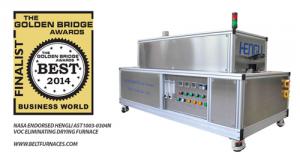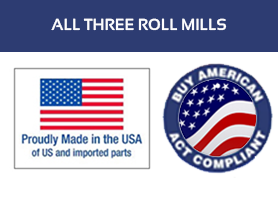Is Dye Sensitized Solar Cell the Next Big Thing in New Solar Energy?
It is the only photovoltaic technology that mimics photosynthesis to produce electricity.
SAN DIEGO, CA, UNITED STATES, March 26, 2019 /EINPresswire.com/ -- Per Wikipedia, A dye-sensitized solar cell (DSSC, DSC, DYS or Grätzel cell) is a low-cost solar cell belonging to the group of thin film solar cells. It is based on a semiconductor formed between a photo-sensitized anode and an electrolyte, a photoelectrochemical system. The modern version of a dye solar cell, also known as the Grätzel cell, was originally co-invented in 1988 by Brian O'Regan and Michael Grätzel at UC Berkeley and this work was later developed by the aforementioned scientists at the École Polytechnique Fédérale de Lausanne until the publication of the first high efficiency DSSC in 1991. Michael Grätzel has been awarded the 2010 Millennium Technology Prize for this invention.The DSSC has a number of attractive features; it is simple to make using conventional roll-printing techniques, is semi-flexible and semi-transparent which offers a variety of uses not applicable to glass-based systems, and most of the materials used are low-cost. In practice it has proven difficult to eliminate a number of expensive materials, notably platinum and ruthenium, and the liquid electrolyte presents a serious challenge to making a cell suitable for use in all weather. Although its conversion efficiency is less than the best thin-film cells, in theory its price/performance ratio should be good enough to allow them to compete with fossil fuel electrical generation by achieving grid parity. Commercial applications, which were held up due to chemical stability problems, are forecast in the European Union Photovoltaic Roadmap to significantly contribute to renewable electricity generation by 2020.
Nonetheless, due to technical constraints, the maximum efficiency is only half the efficiency of crystalline silicon-based solar cells. In an effort to replace the solar technologies we currently use, improving the efficiency of DSSC technology is critical for widespread adoption. The process parameters have a significant impact on determining the efficiency of the solar cell, as well as, the materials being applied. We will attempt to summarize the influence of material selection, the sintering process, and belt furnace parameters on the efficiency of dye-sensitized solar cells.
Please continue to read this article here https://beltfurnaces.com/white-paper-efficiency-of-dssc.html.
This information is brought to you by Torrey Hills Technologies, LLC, San Diego, CA 92121. We export heat sinks, belt furnaces and three roll mills to 60+ countries.
Ken Kuang
Torrey Hills Tech, LLC
+1 8585586666
email us here
Visit us on social media:
Facebook
Twitter
LinkedIn



